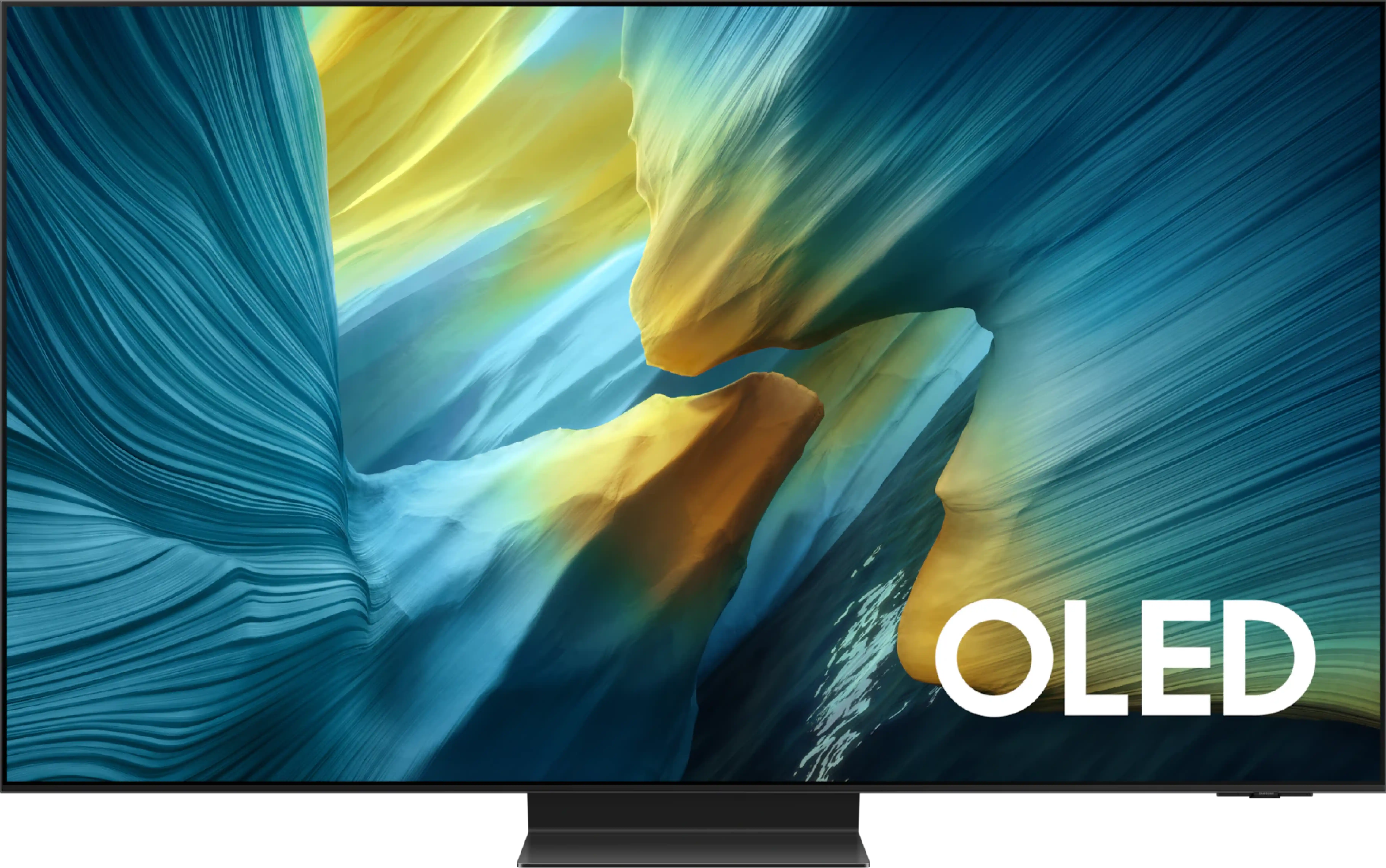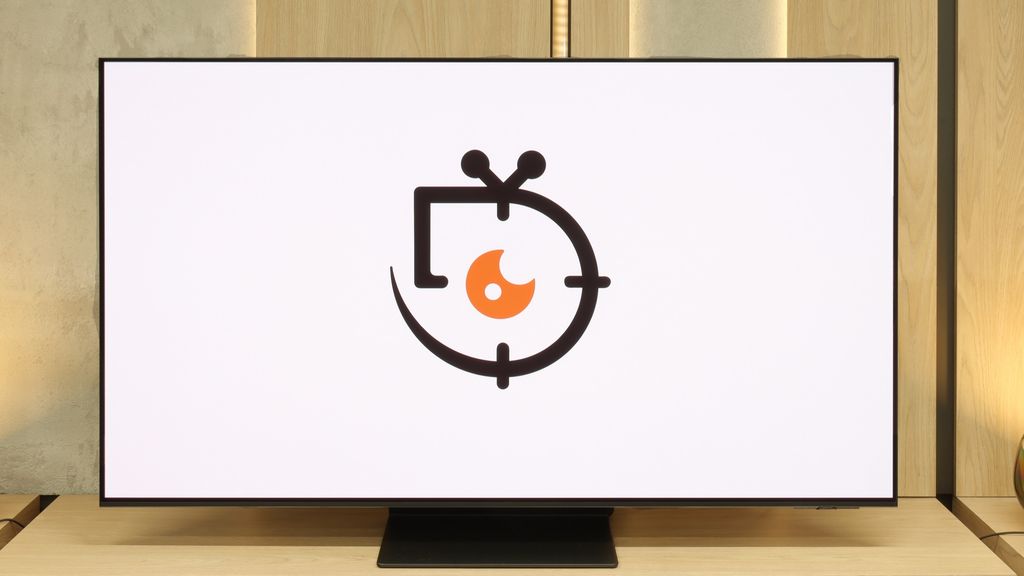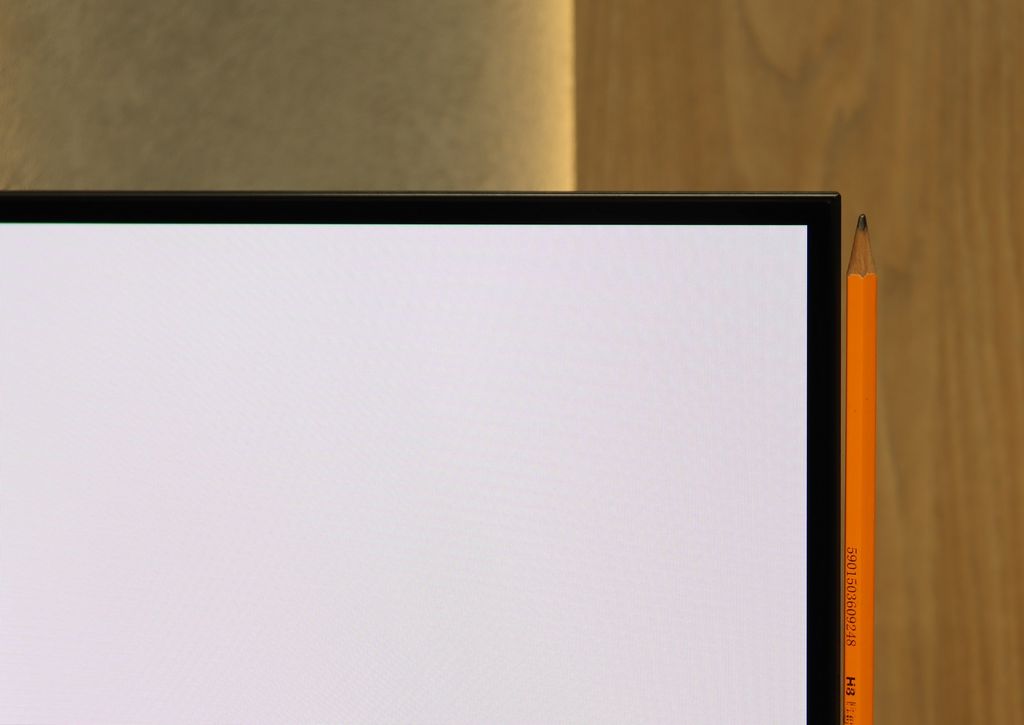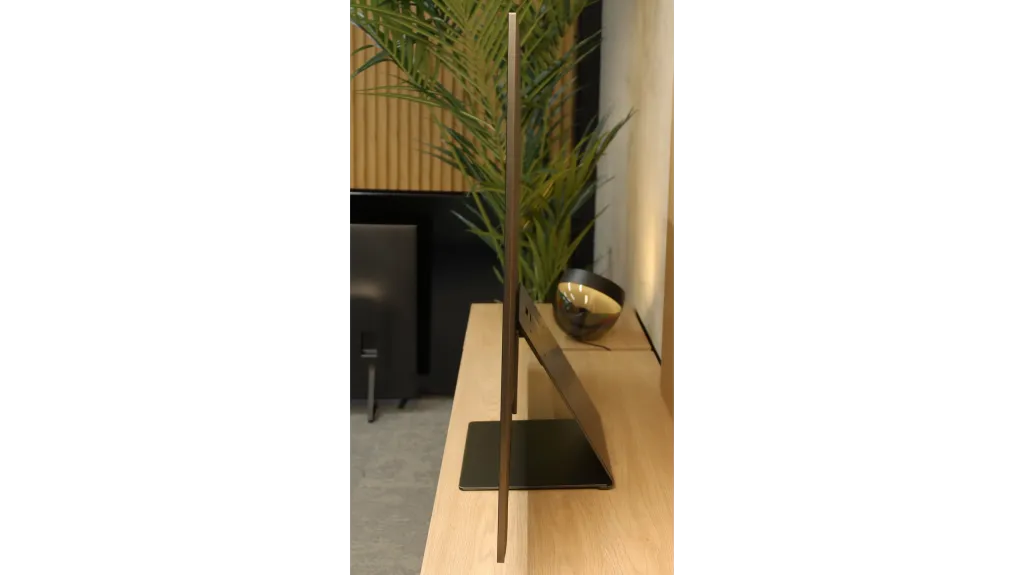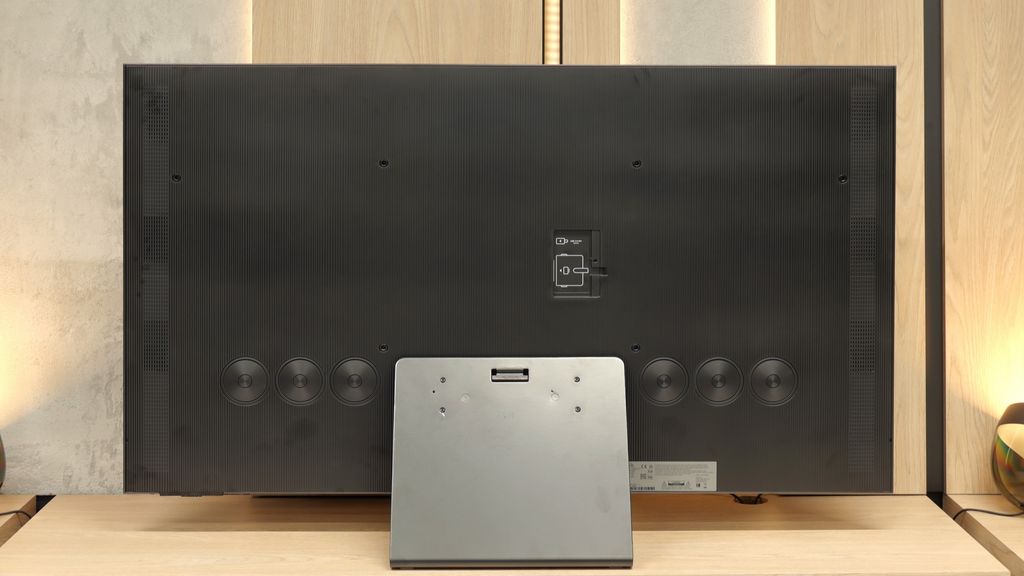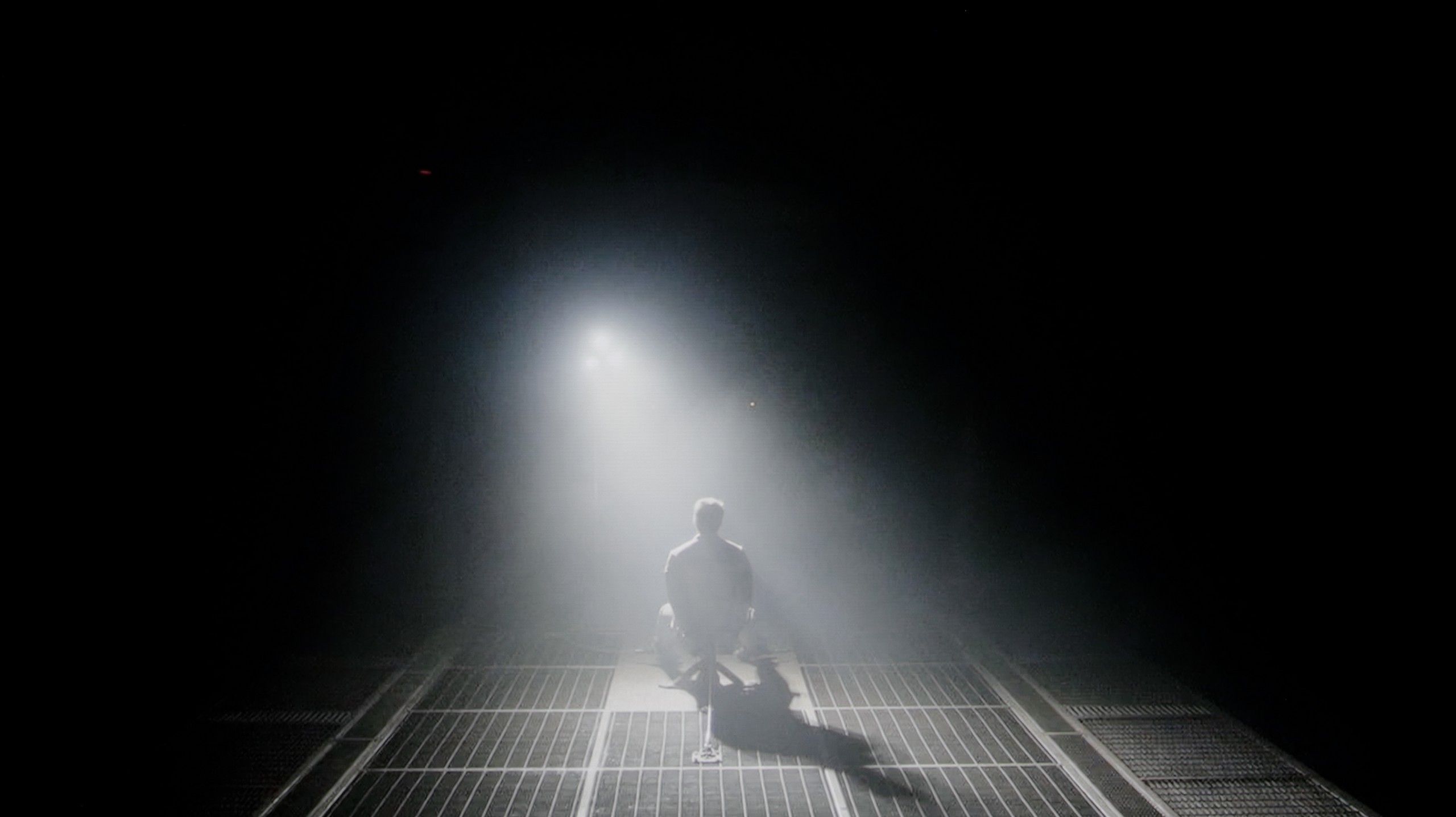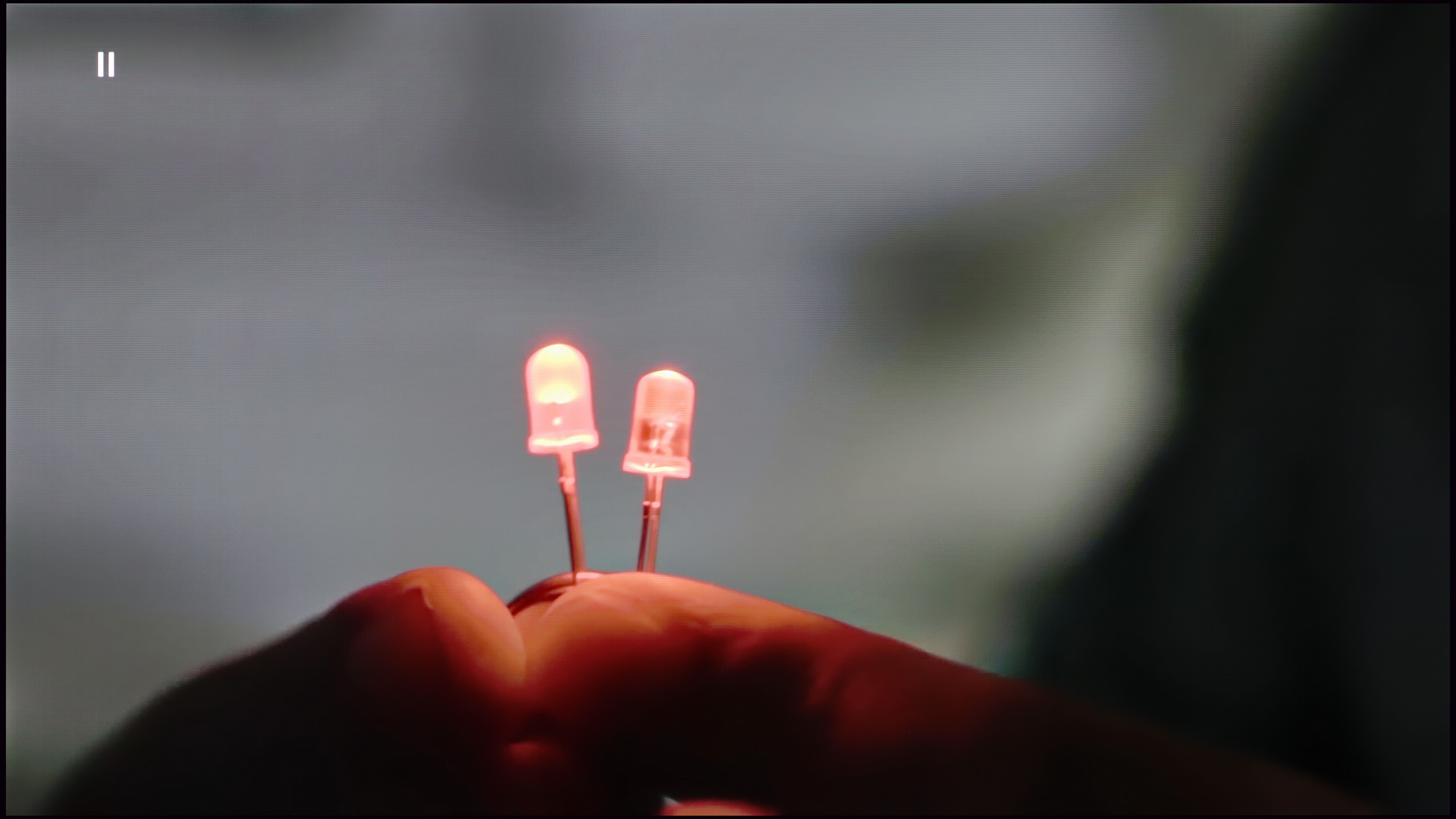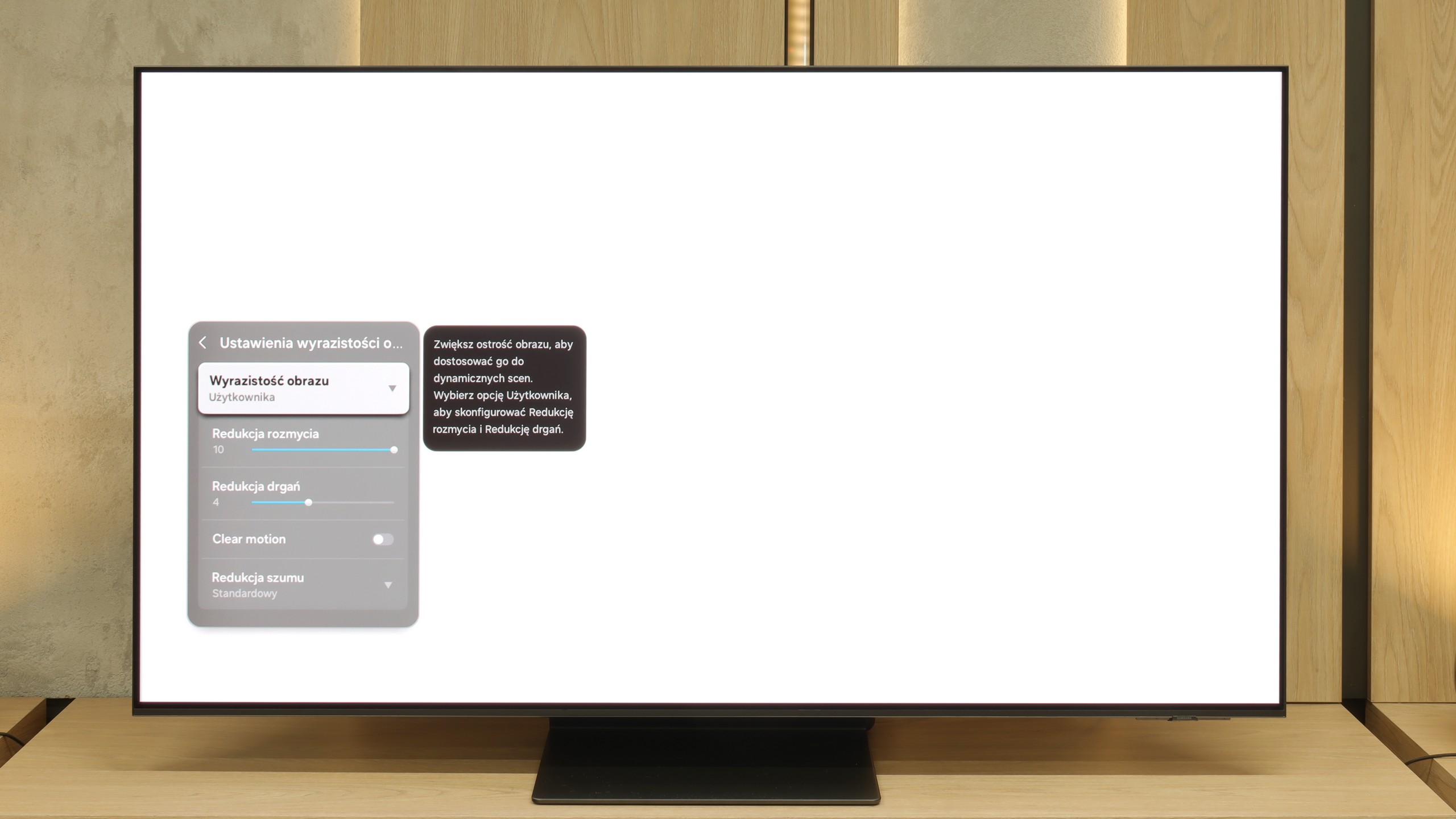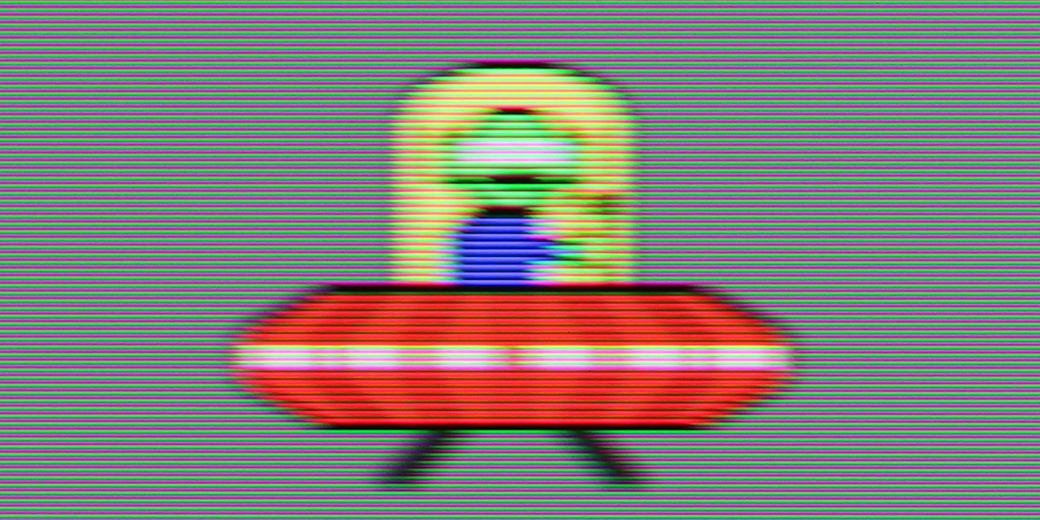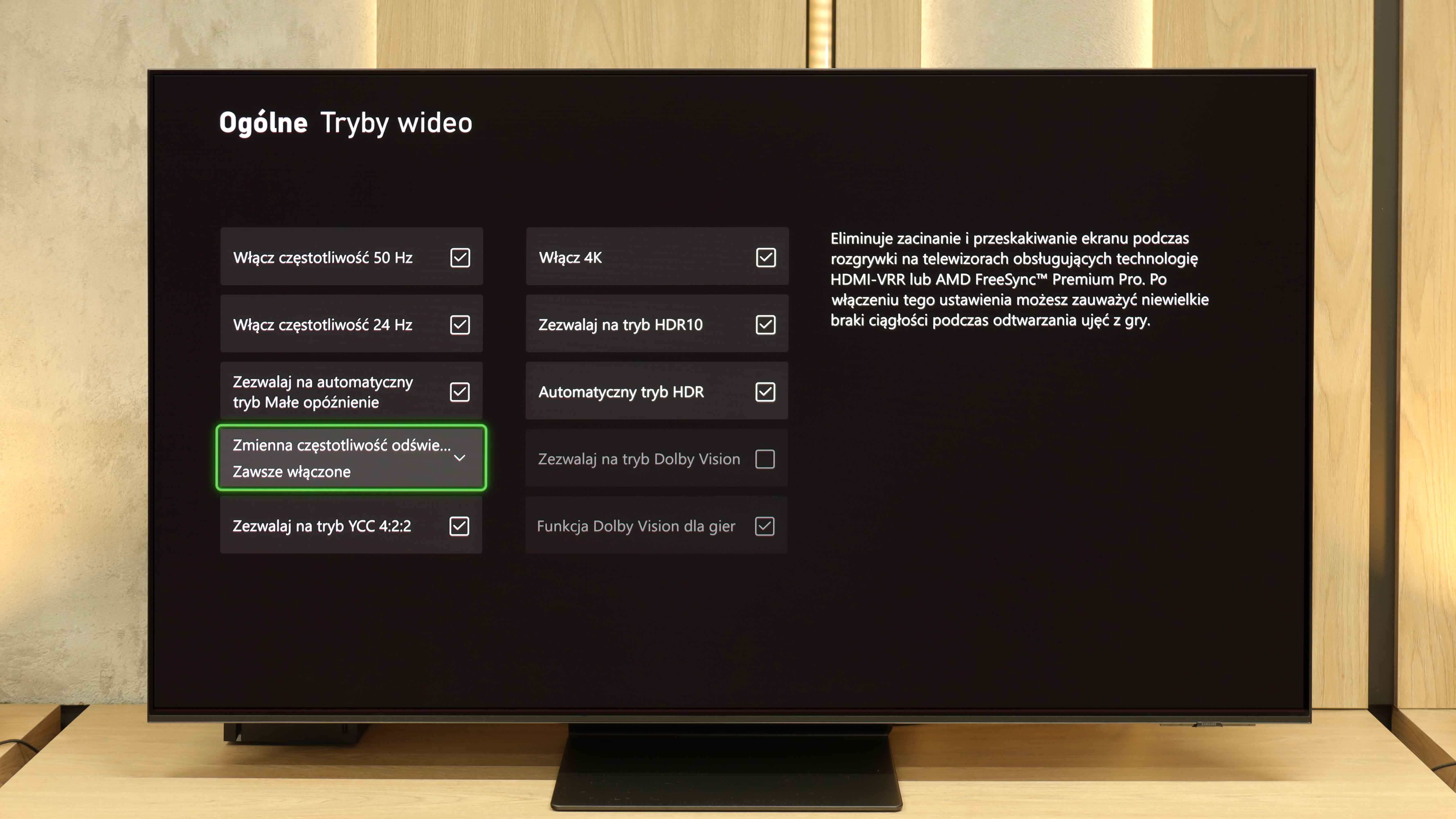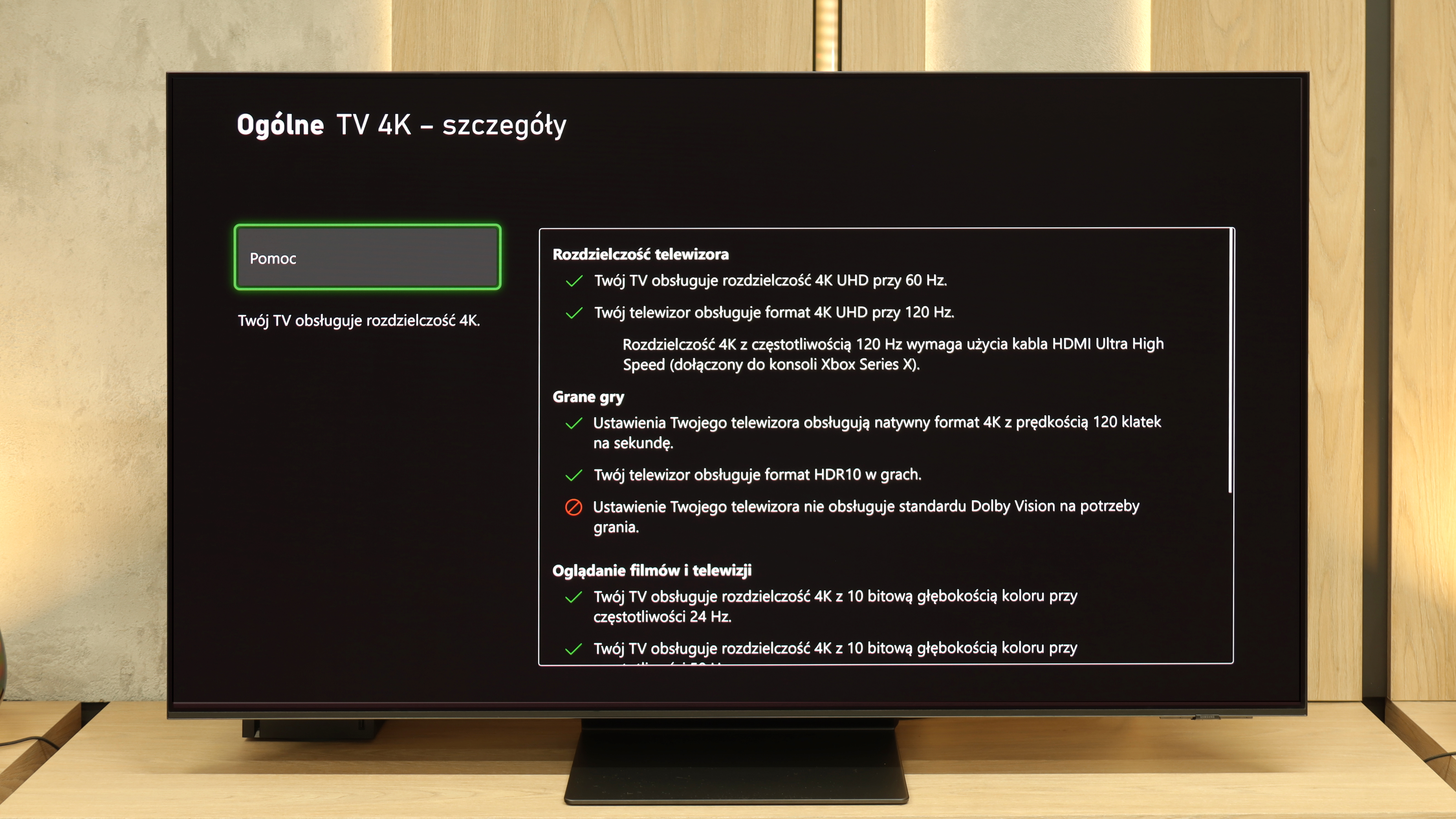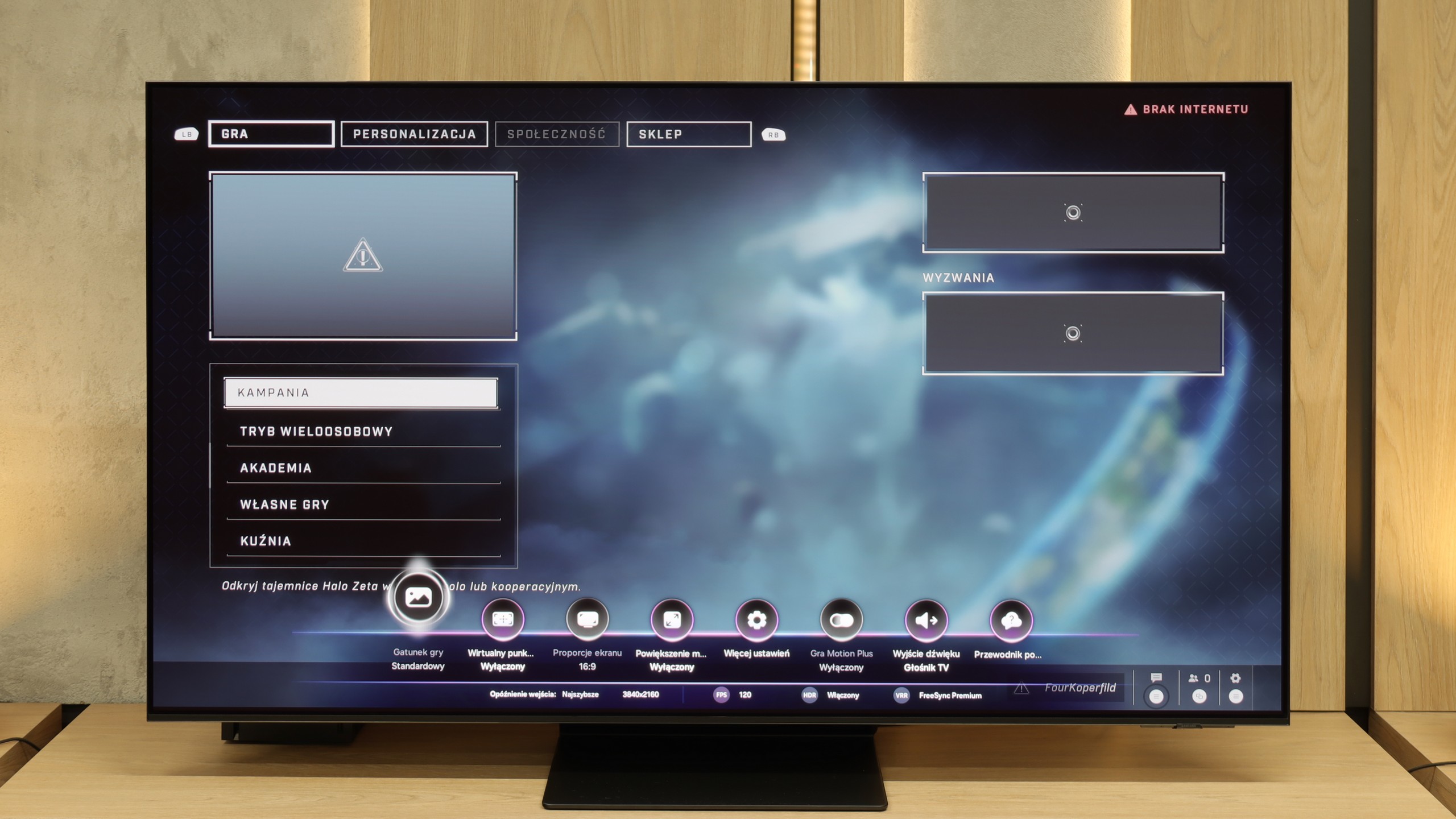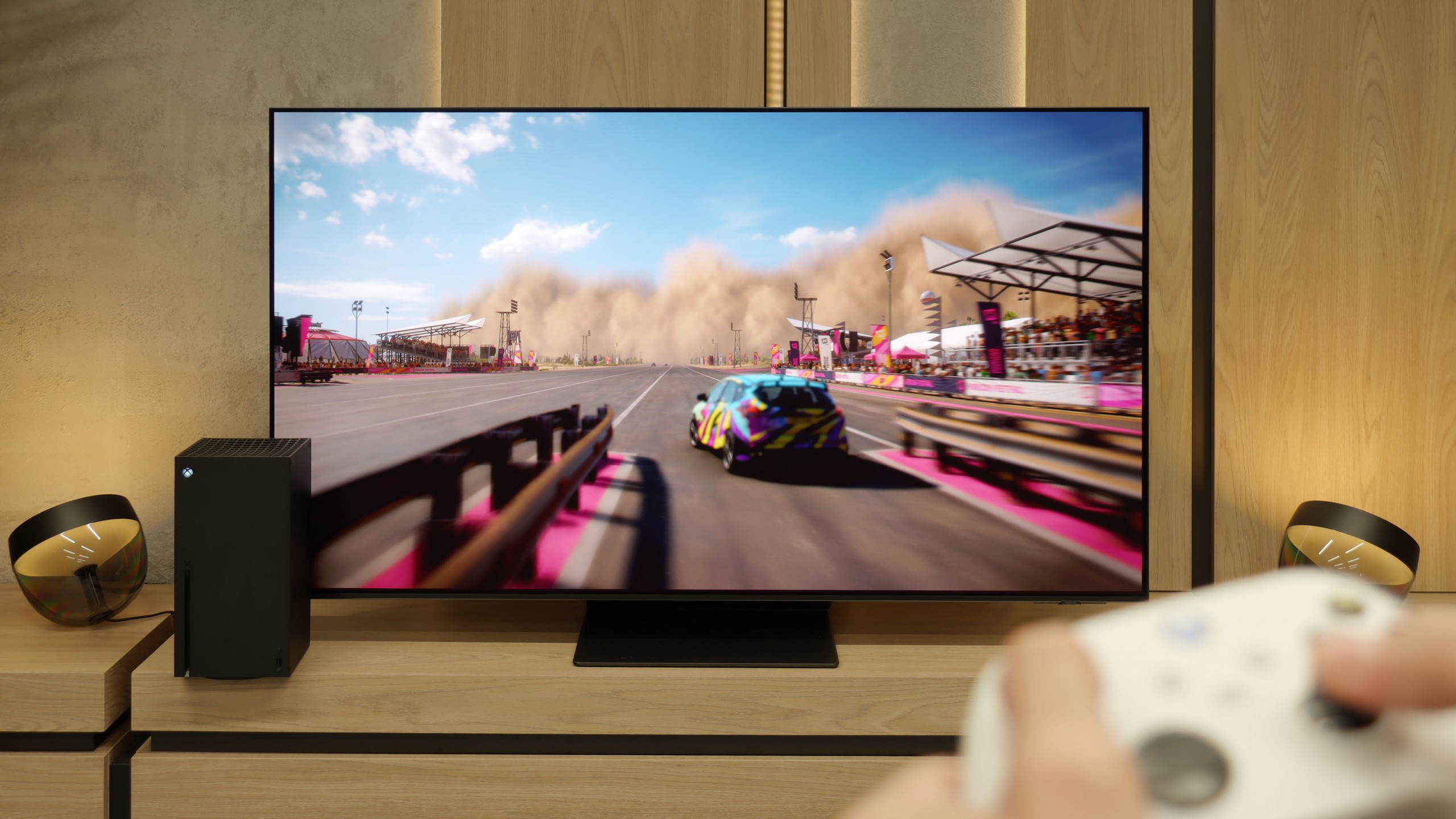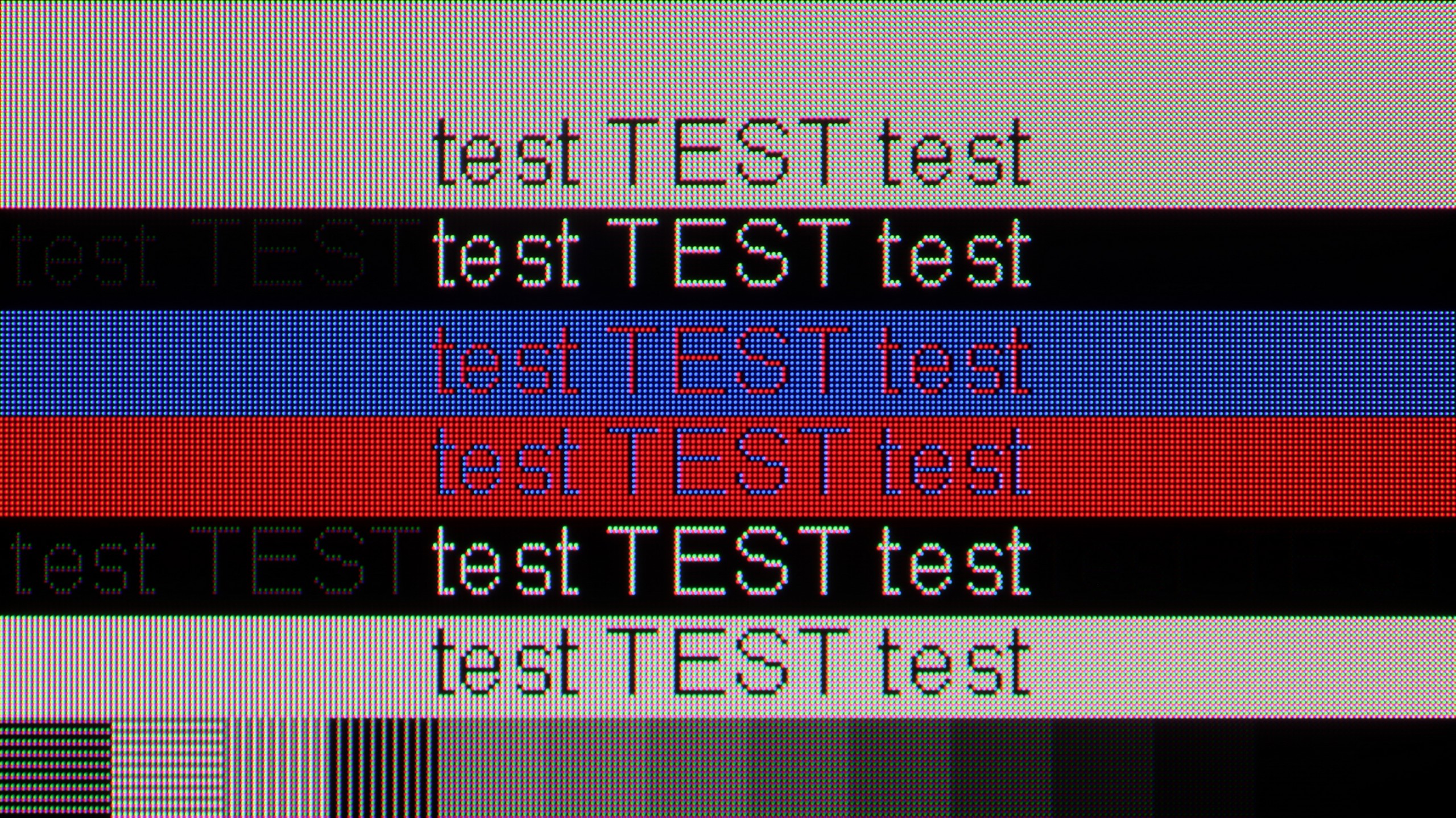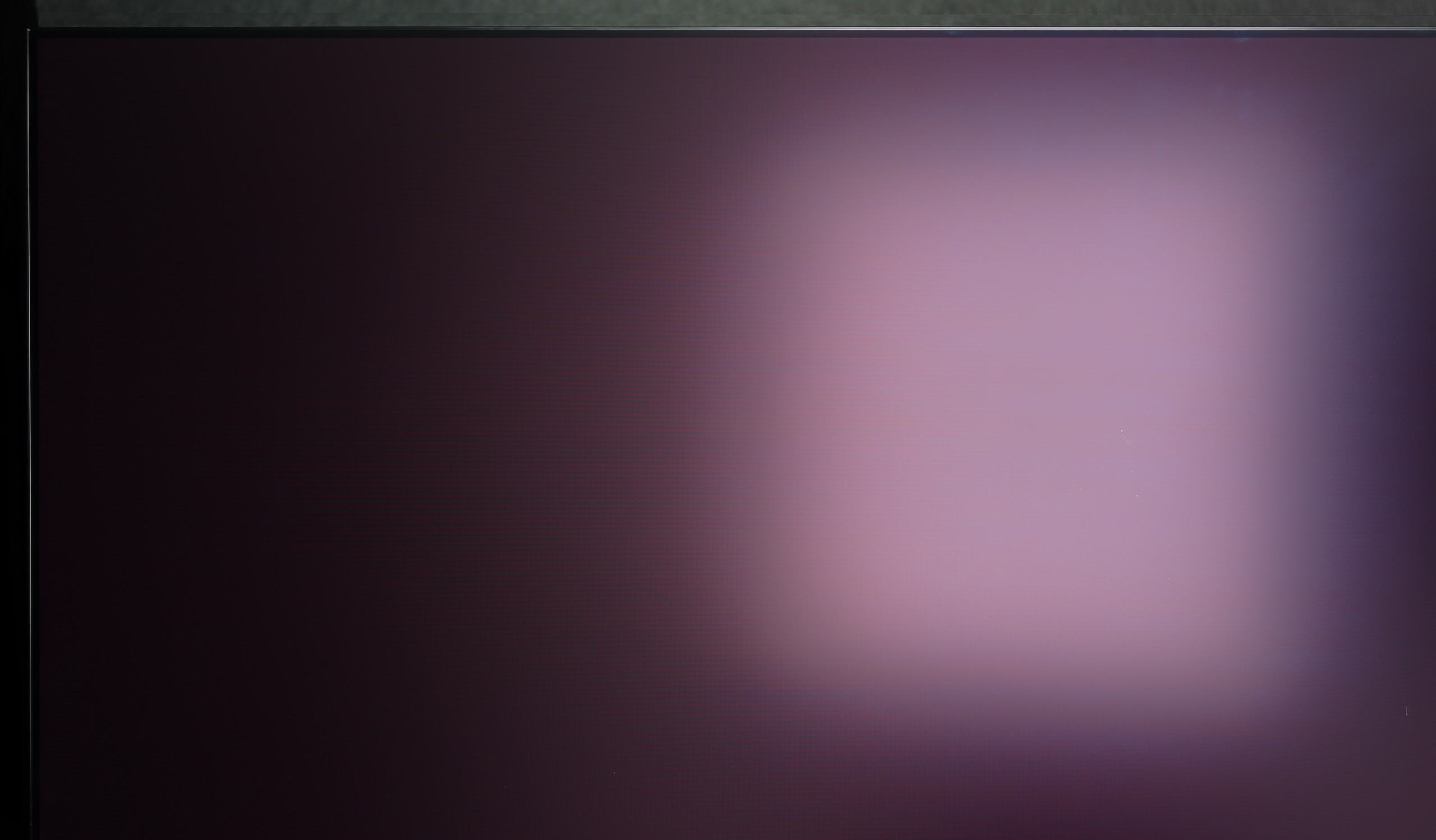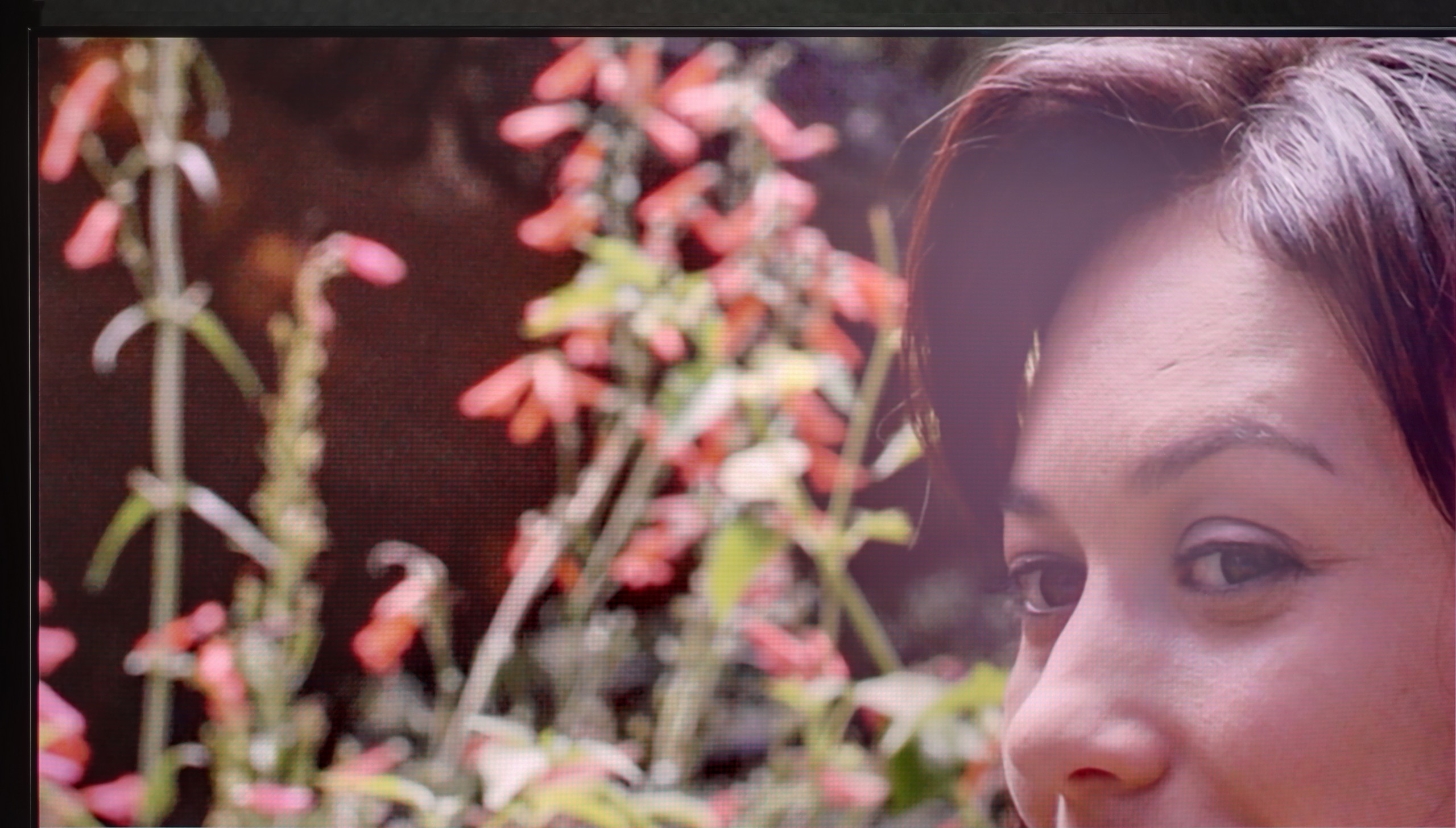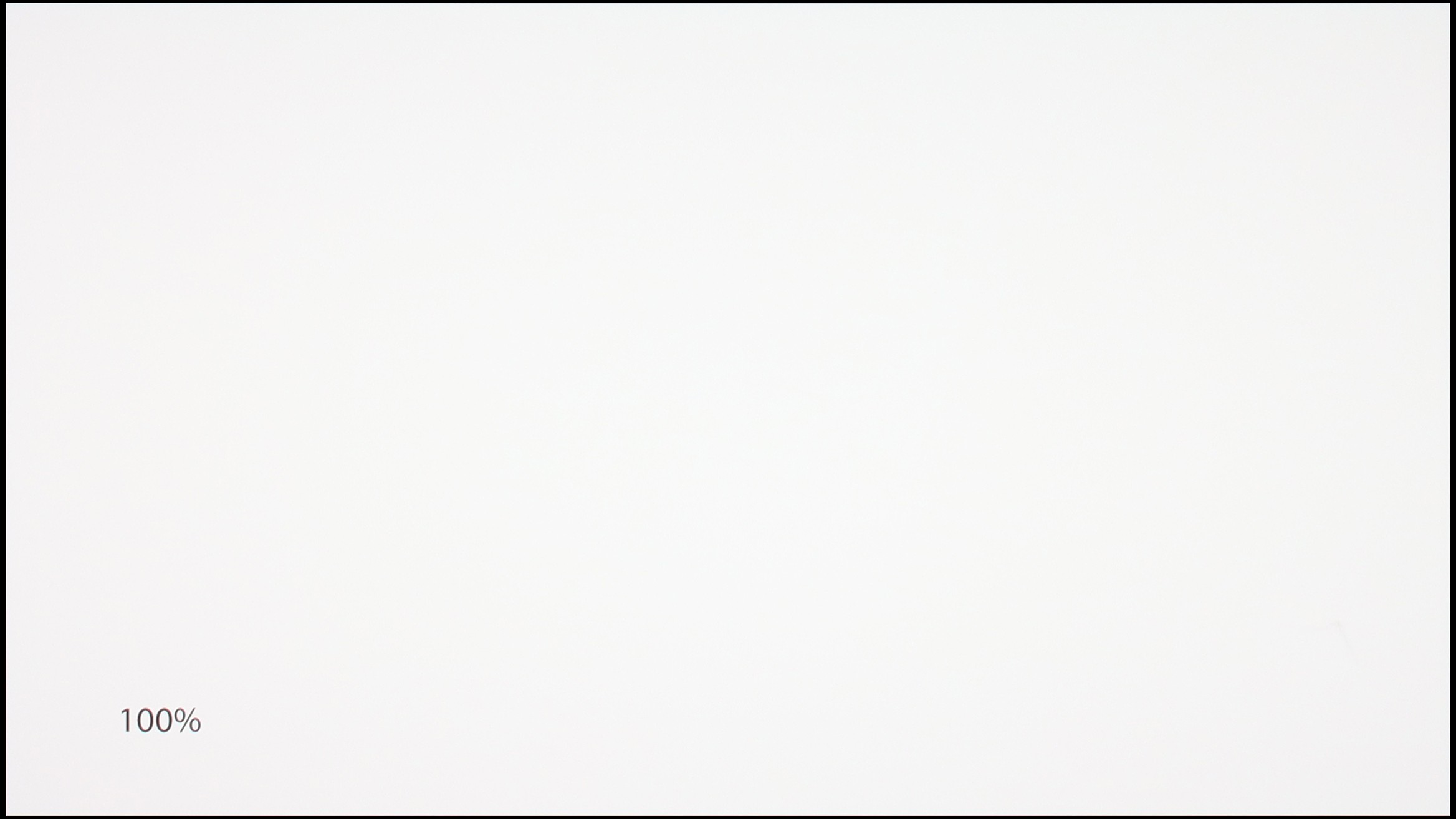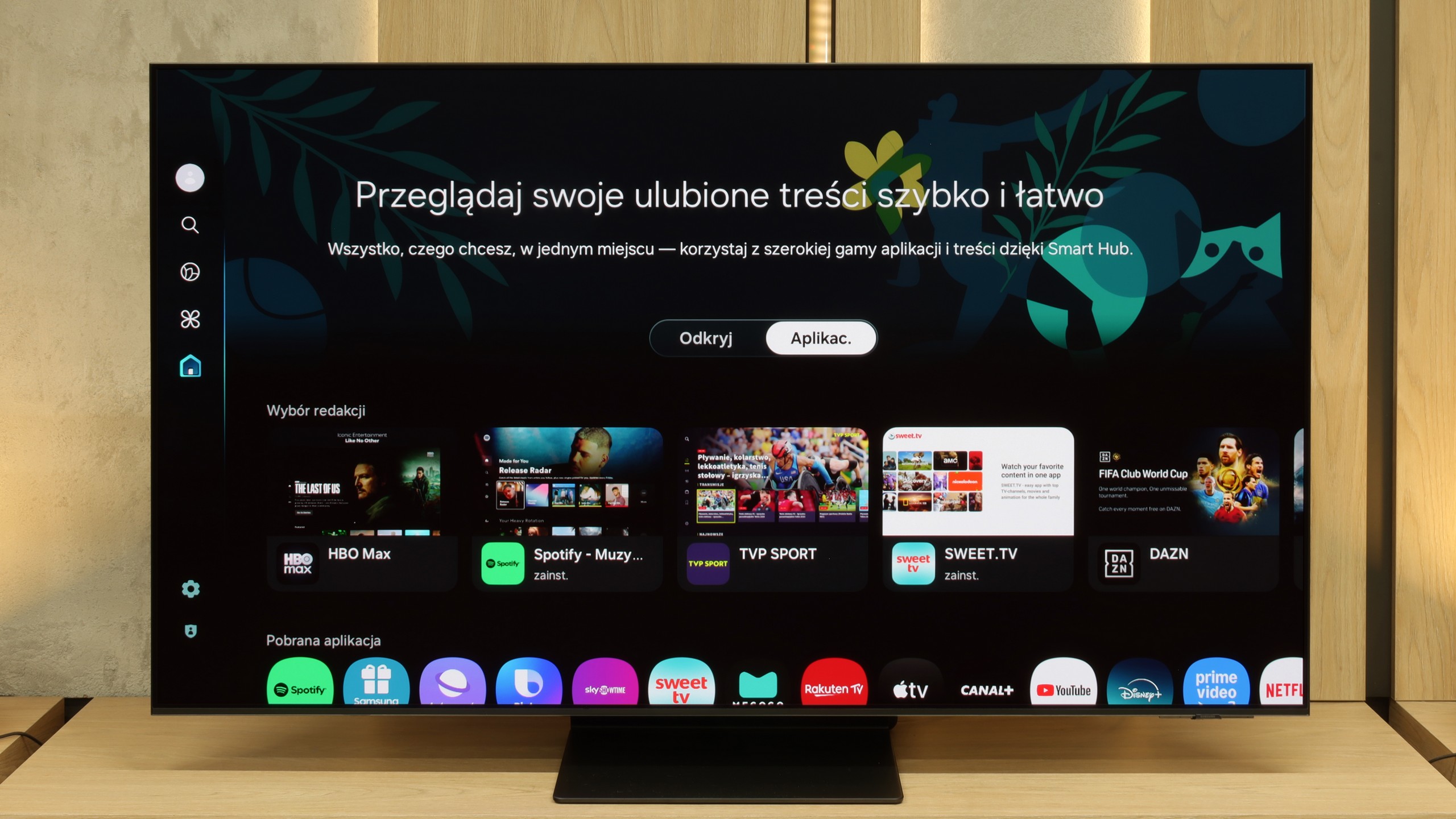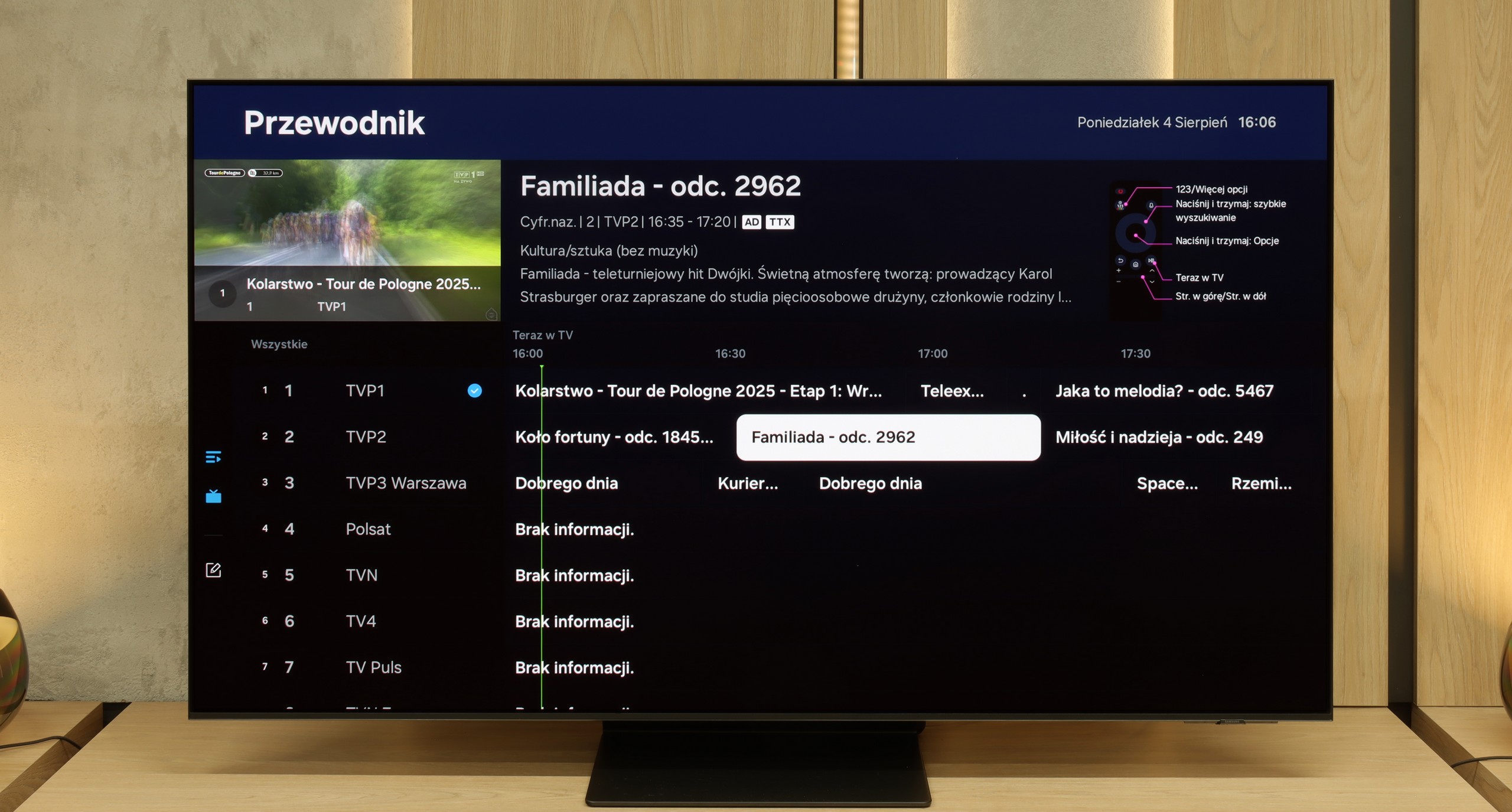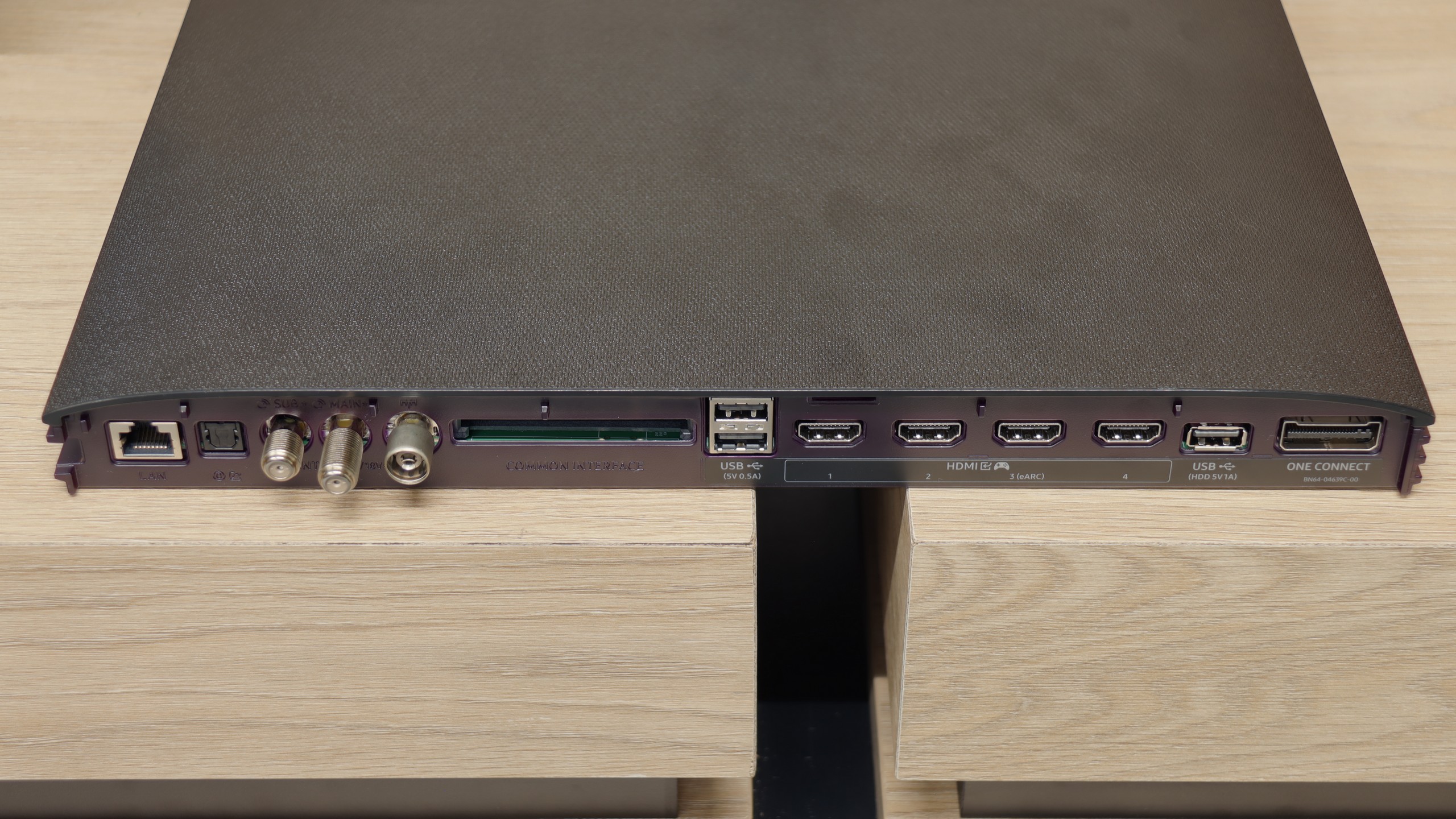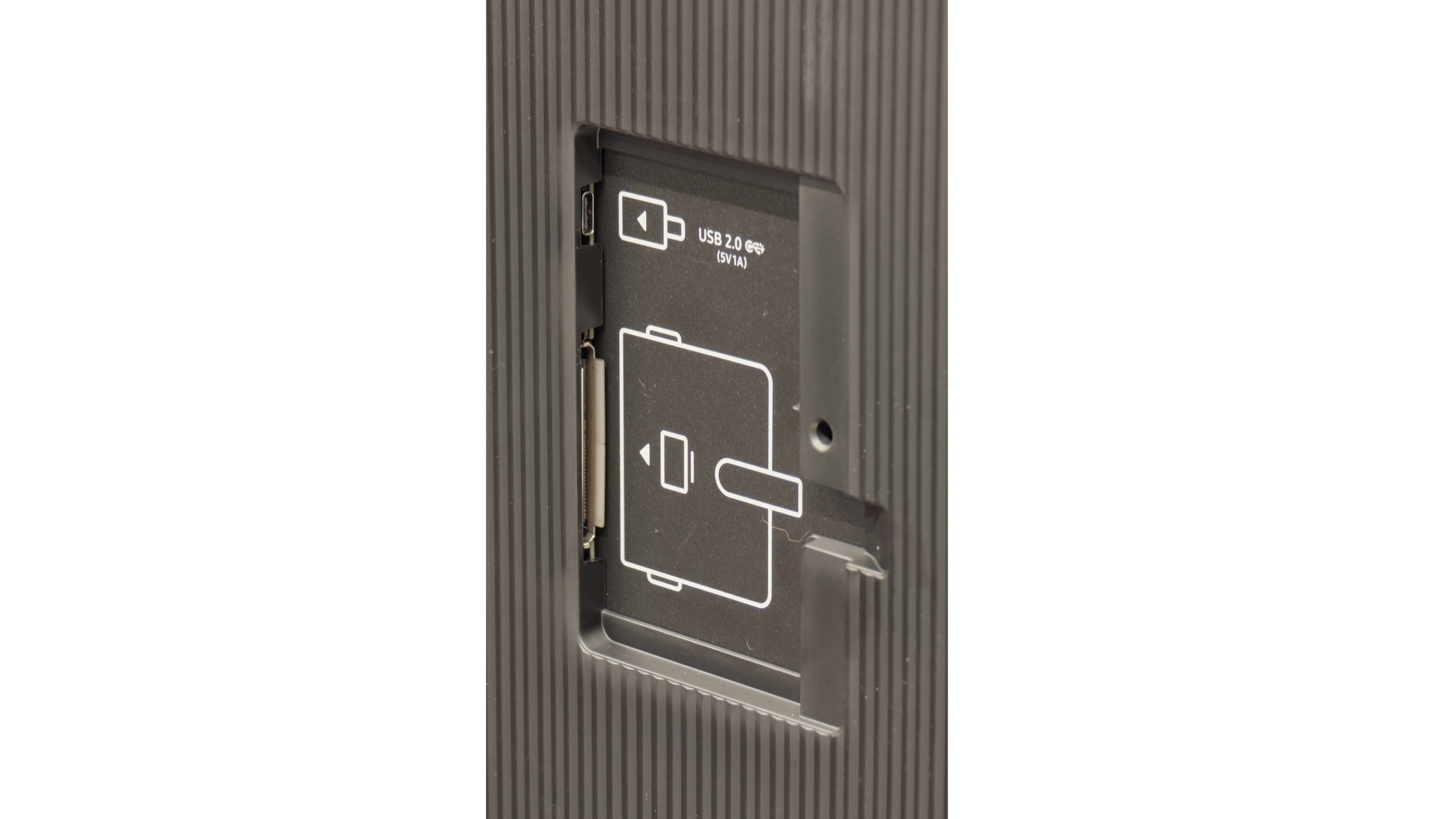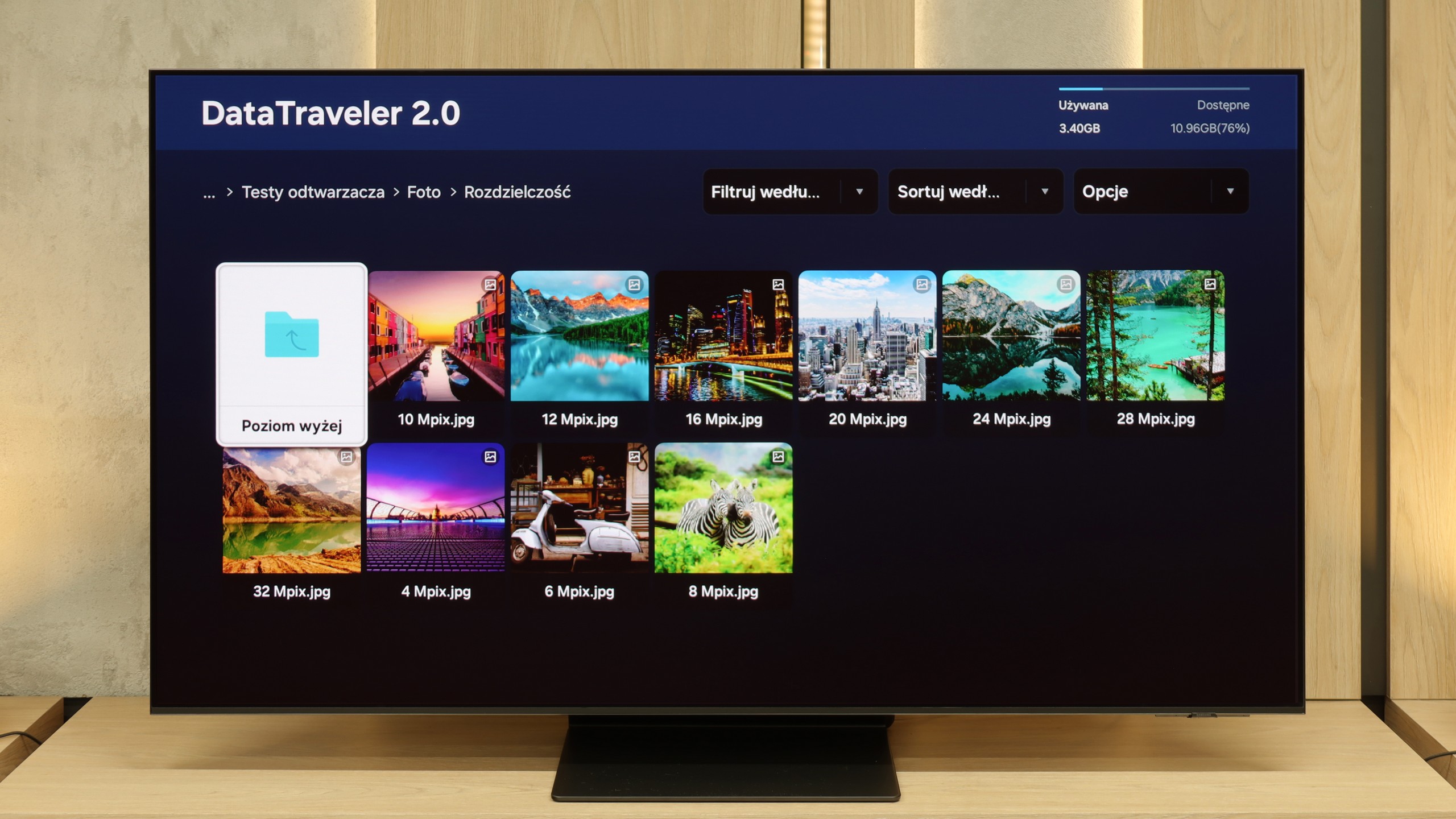Samsung S95F is an excellent continuation and an improvement on last year's S95D model. Thanks to the QD-OLED panel, we receive a picture that captivates from the first minutes of viewing. The blacks are deep and natural, without any traces of backlighting, and the brightness of the new generation panel reaches levels that not long ago seemed beyond the reach of OLEDs. These values are high enough that the S95F can confidently be compared with the best Mini-LED screens – both in terms of HDR effect and in everyday use in strong daylight. After a slight adjustment of settings, the TV can offer reference image quality, creating a cohesive and cinematic experience. However, it is not just a screen for movie lovers, but also one of the absolute favourites for gamers. The 165 Hz panel with rapid response, input lag of just a few milliseconds, a full suite of gaming features – including VRR, ALLM and excellently implemented HGiG – along with four HDMI 2.1 ports make the S95F effortlessly meet the requirements of both next-gen console owners and PC gamers. It offers a range of capabilities that make the S95F one of the best gaming TVs on the market. Samsung has also taken care of practical details. The matte screen coating effectively eliminates reflections, ensuring that even in a bright living room, the picture remains clear and comfortable. The One Connect module organizes the cables, moving all connections to a separate box, which will be appreciated by anyone who likes to regularly juggle connected devices. The design of the TV is slim, elegant and well thought out – it is evident that this is a Super Premium class product that looks great in any interior. Of course, like any equipment, the S95F has its minor compromises, but at this level and completeness, it is easy to forget about them.
This is a TV that combines the best image quality with functionality and user comfort. Undoubtedly, it competes with the strongest rivals, and can confidently be regarded as one of the main contenders for the title of TV of the Year 2025.
